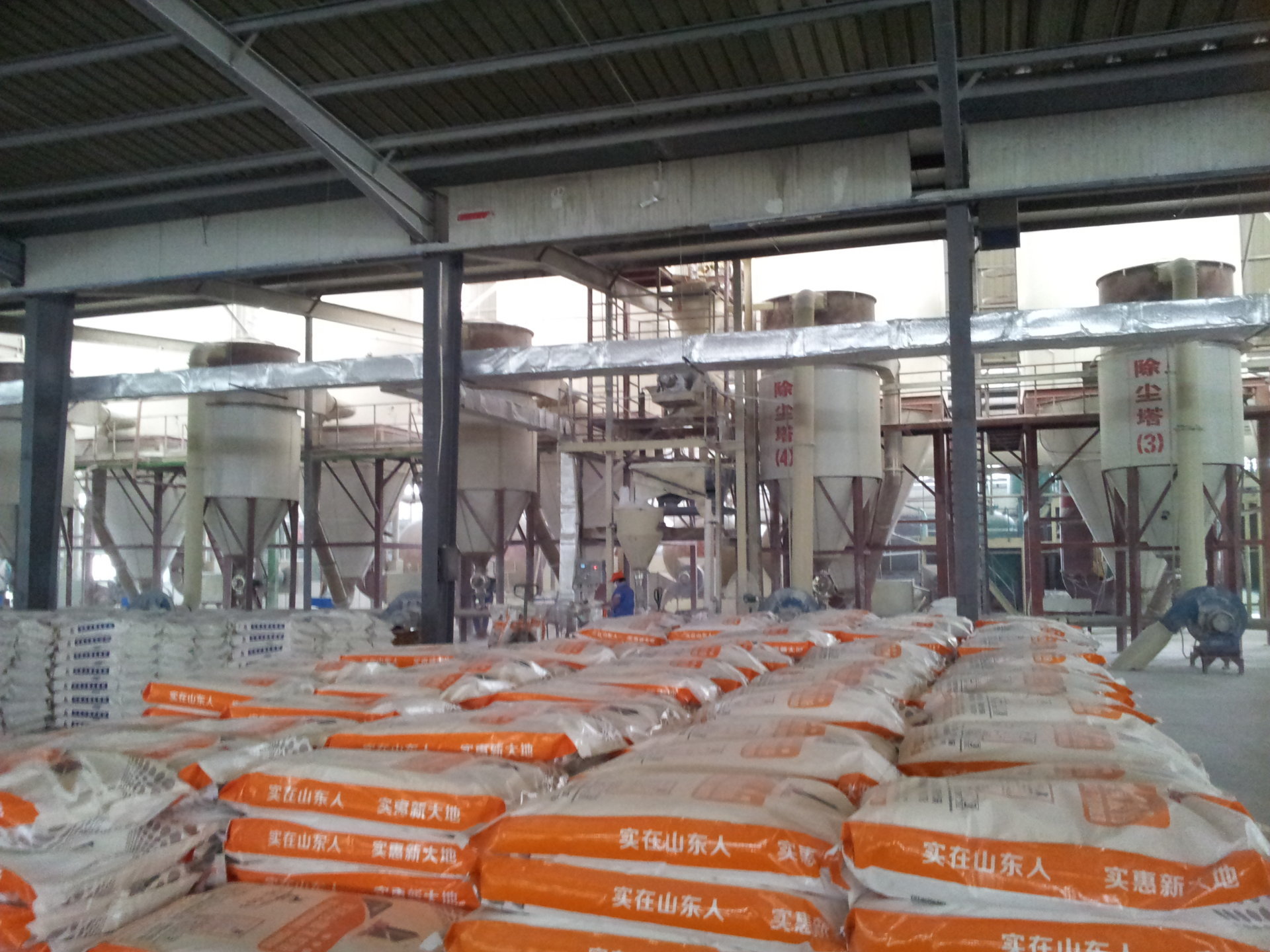Effect of rubber powder on cement hydration process and slurry structure
Release time:
2021-09-01
Author:
Source:
Rubber powder
Redispersible emulsion powder is a commonly used organic gelling material, which is obtained by spray drying of polymer emulsion with polyvinyl alcohol as protective colloid, such powder can be re-dispersed in water after water, to form an emulsion. Adding redispersible emulsion powder can improve the water retention performance of fresh cement mortar, as well as the bonding performance, flexibility, impermeability and corrosion resistance of hardened cement mortar.
At present, the main applications of redispersible latex powder in the market are: vinyl acetate and ethylene copolymer powder (VAC/E), ethylene and vinyl chloride and vinyl laurate copolymer powder (E/VC/VL), vinyl acetate and ethylene and vinyl ester of higher fatty acid copolymer powder (VAC/E/Veo Va), vinyl acetate homopolymer powder (PV AC), styrene and butadiene copolymer powder (SBR), other binary and ternary copolymer powder, other formula powder with other functional additives add functional additives and more than one rubber powder formula rubber powder, etc. The following list introduces the mechanism of redispersible latex powder in cement mortar and its influence on the performance of cement mortar.
Composition of redispersible latex powder
Redispersible emulsion powders are usually white powders, but there are a few products in other colors. The components of the redispersible emulsion powder mainly include the following.
(1) polymer resin. The polymer resin is located in the core part of the rubber powder particles and is also the main component of the redispersible latex powder, such as polyvinyl acetate/ethylene resin, styrene/butadiene resin, ethylene/vinyl chloride/vinyl laurate resin, etc;
(2) Additives (inside). The additive (internal) serves to improve the properties of the resin. Such as a plasticizer that reduces the film-forming temperature of the resin. Not every latex powder has additive components, such as vinyl acetate/ethylene copolymer resin does not need to add a plasticizer.
(3) Protective colloid. A protective colloid is a layer of hydrophilic material wrapped around the surface of the redispersible latex powder particles. Most of the protective colloid of redispersible latex powder is polyvinyl alcohol.
(4) Additives (external). In order to further improve the properties of the redispersible latex powder, further additives other than the plasticizer are often added, referred to herein as additives (exo). Generally, superplasticizers are added to redispersible emulsion powders to improve the fluidity and dispersibility of the emulsion.
(5) anti caking agent. The anti-caking agent is usually a fine mineral filler, which is used to prevent the latex powder from caking during storage and transportation, and also to facilitate the release of the latex powder product when it is dumped from the paper bag or tank car.
Effect of rubber powder on cement hydration process and slurry structure
As long as the cement-based materials with latex powder are in contact with water, the hydration reaction begins, the calcium hydroxide solution quickly reaches saturation and precipitates crystals, and at the same time generates ettringite crystals and hydrated calcium silicate gel, and the polymer particles in the emulsion are deposited on the gel and unhydrated cement particles. As the hydration reaction proceeds, the hydration products increase, and the polymer particles gradually aggregate in the pores, and form a tightly packed layer on the surface of the gel and the unhydrated cement particles. The aggregated polymer particles gradually fill the capillary pores, but do not completely fill the inner surface of the capillary pores. As the moisture is further reduced by hydration or drying, the closely packed polymer particles on the gel and in the pores agglomerate into a continuous film, forming an interpenetrating mixture with the hydrated cement paste, and improving the cementation of the hydration product with the aggregate. Because the hydration product with polymer forms a covering layer at the interface, it may affect the growth of ettringite and coarse calcium hydroxide crystals; also because the polymer condenses into a film in the pores of the interfacial transition zone, so that the transition zone of the polymer cement-based material is more dense. The active groups in some polymer molecules will also produce cross-linking reactions with Ca2, A13, etc. in cement hydration products, forming special bridging effects, improving the physical structure of the hardened body of cement-based materials, alleviating internal stress and reducing microcracks. As the cement gel structure develops, the water is consumed and the polymer particles are gradually confined in the capillary pores. As the cement is further hydrated, the moisture in the capillary pores decreases, and the polymer particles aggregate on the surface of the cement hydration product gel/unhydrated cement particle mixture and aggregate, thereby forming a continuous tightly packed layer, and the large pores are filled with viscous or self-adhesive polymer particles.

Key words:
Rubber powder
Next Page
Next page:
Recommended News
5 Time Points to Be Grasp in Using Tile Glue
2022-05-23
Application of Cellulose in Putty Mortar
2022-04-26
Use of redispersible latex powder
2022-03-19

Jinan Headquarter: 19th Floor, Greenland Colorful City, East Square of Jinan High Speed Railway
Feicheng Production Base: Feicheng Xinxing Industrial Park, Feicheng City, Shandong Province, China
Yucheng Production Base: Yucheng High-tech Development Zone, Shandong Province, China

